[Cross-posted at The Hackerati.]
In our deepnightmares, we’ve seen monstrous slugdogs, shoggoths of endless eyes, creatures beyond all reckoning. Wherever we look, a dog’s face stares back at us, with their cohort of unflinching finches, all beaks and eyes. We try to escape into different layers, but we are still confronted with monsters of lizards, trypophobia-inducing insects, skin melting into panflutes, mouths melting into tennis balls. Is there no hope?
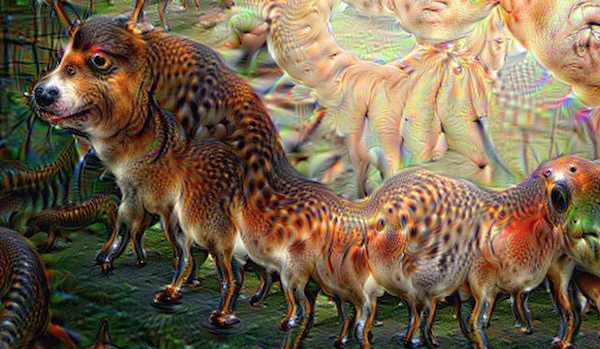

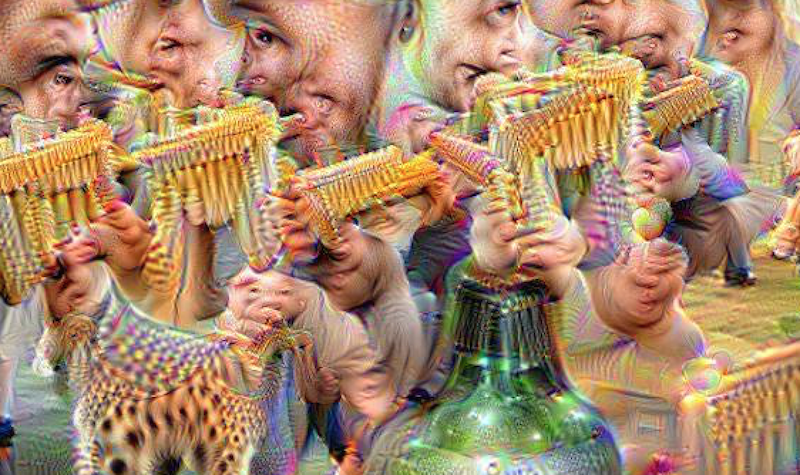
Luckily, there are models that have been trained on different images! Using different datasets yields much more pleasant deepdreams.
Places
The MIT Places dataset was trained on images of various indoor and outdoor scenes.
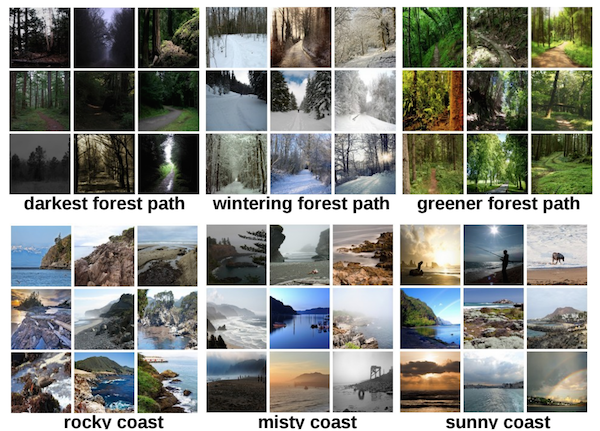
When we’ve been looking at beautiful places all day long, that’s what we dream about. These deepdreams tend to be dominated by pagodas, fountains, bowling alleys, stadiums, tree-lined circular paths, coliseums, and baskets of apples.
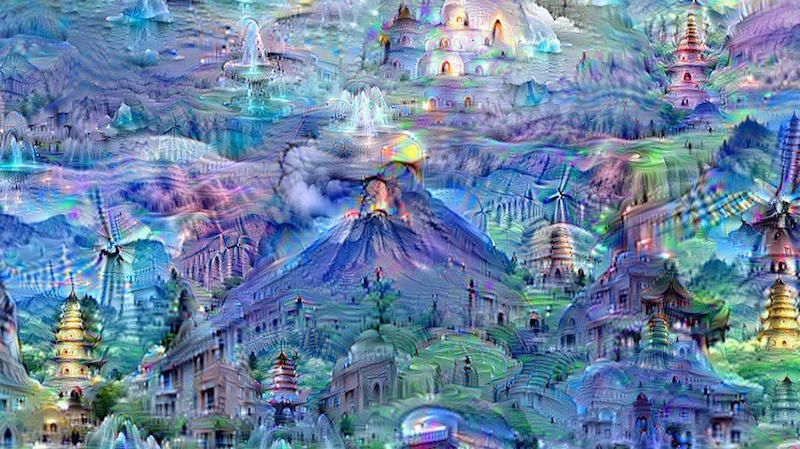
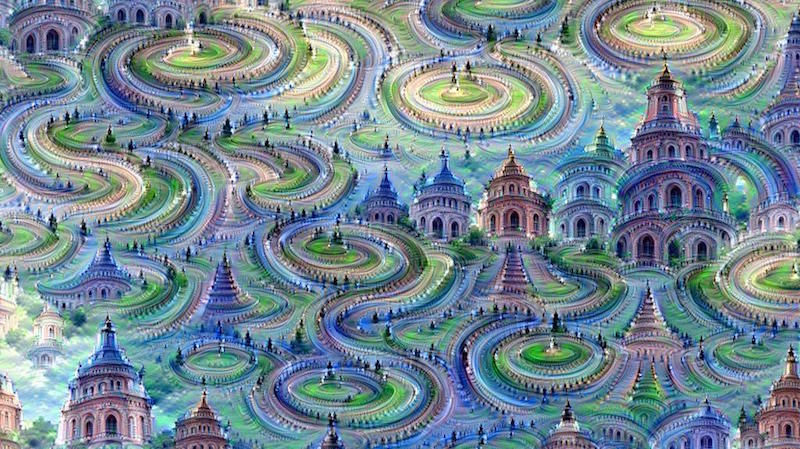
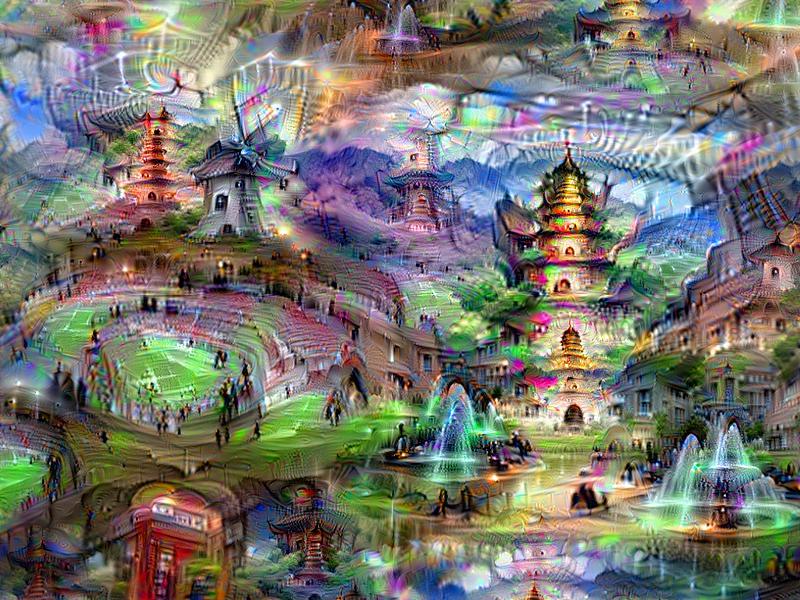
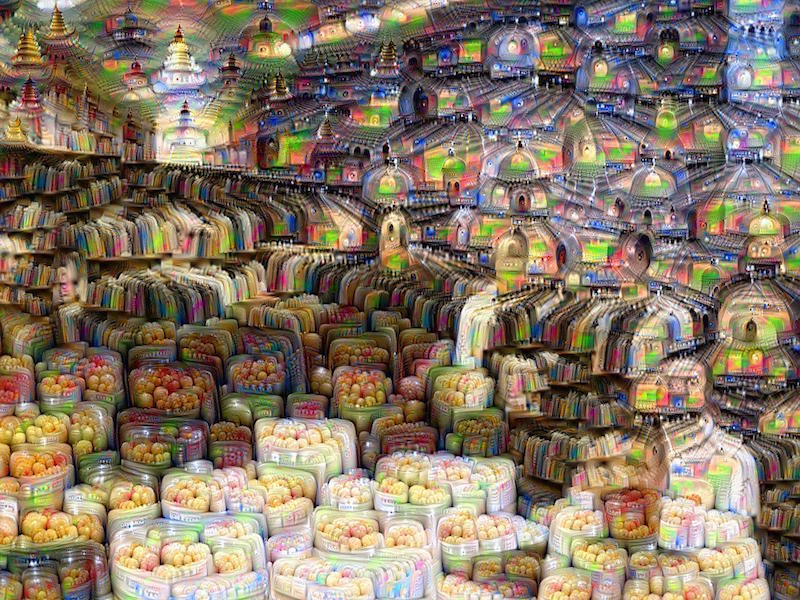
Cars
The GoogLeNet Cars dataset was trained on different types of cars, using outisde views of varying angles, closeups of headlights and taillights, and pictures of the driver controls.

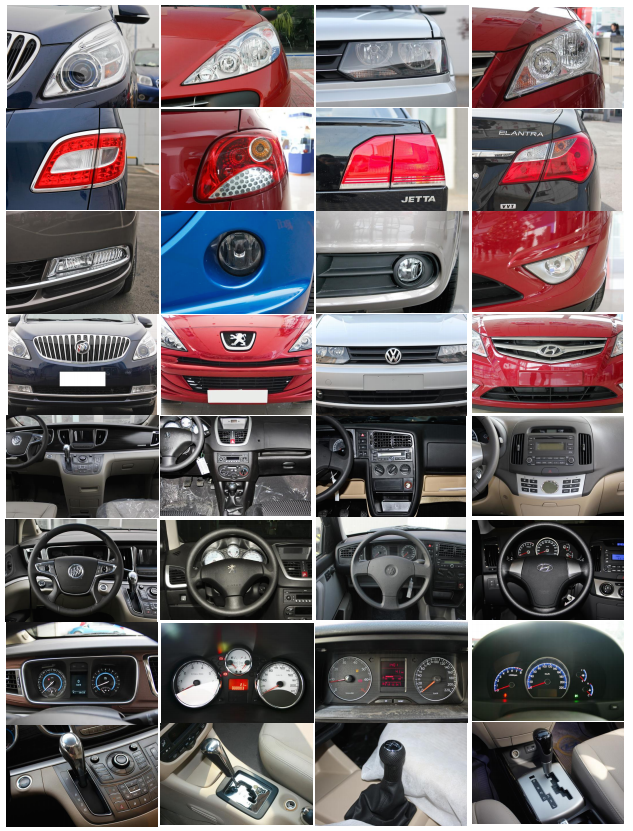
When we dream, we see smooth swaths of metal, lots of curves, headlights and taillights everywhere, and the occasional wheel. These are the spaceships with which we will send our slugdogs into outerspace, far far away from us.


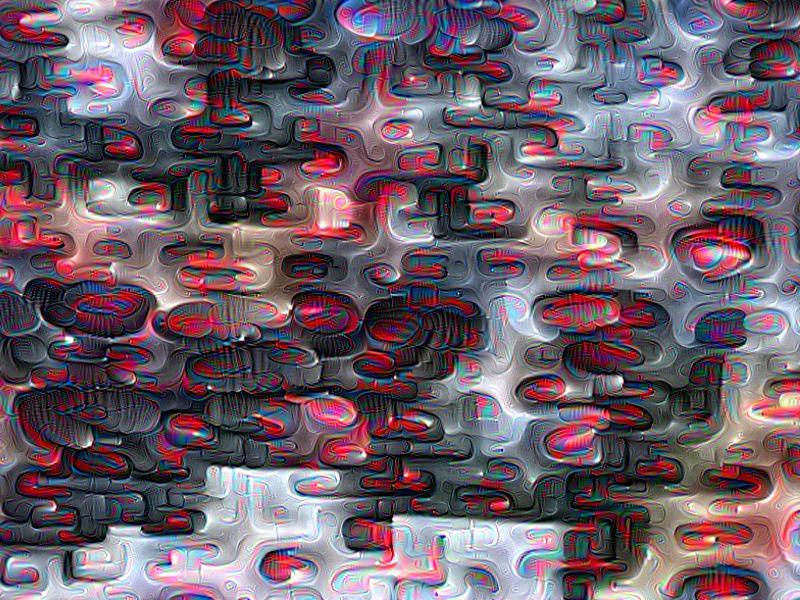
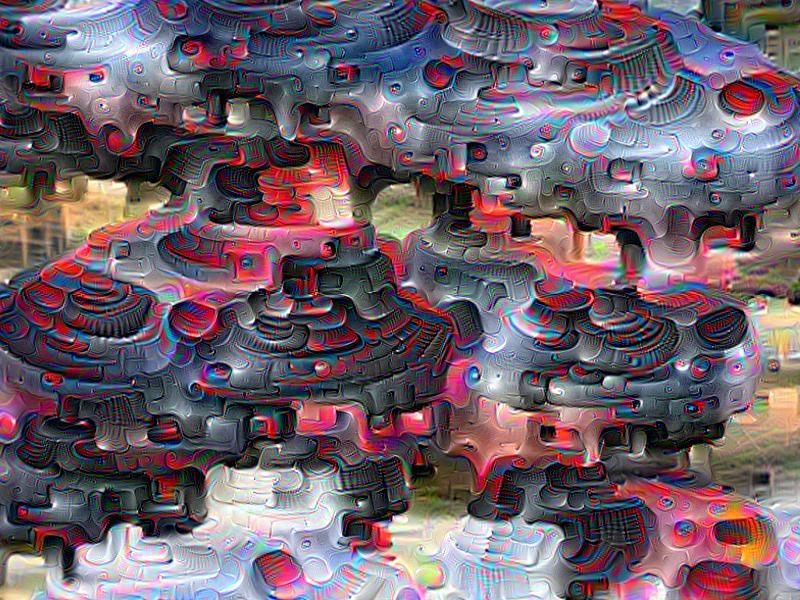
Age and Gender
The Age and Gender dataset was trained on faces.
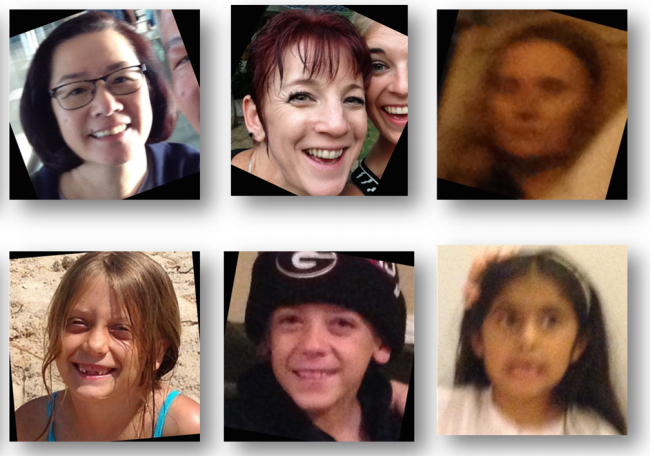
We dream of creepy babies and old folk with lots of makeup. The arch of the eyebrow and the wrinkles around the eyes are really important.

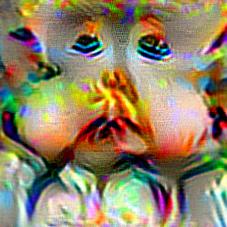


Flowers
The Oxford Flowers dataset contains closeups of flowers such as the following.
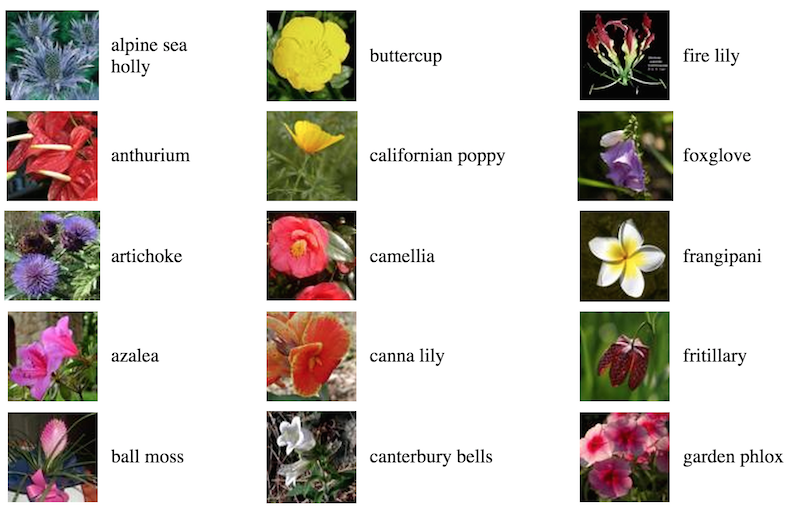
This model is fine-tuned from the reference CaffeNet. Instead of training from scratch, we can use what we have learned before. However, this does mean that in certain layers the dogs will come back. But we will avoid those layers!
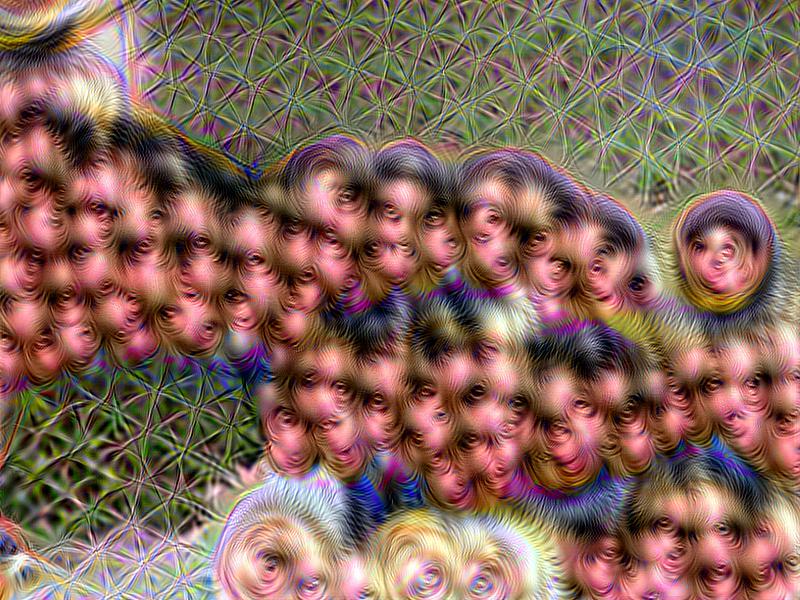
Flickr Style
The purpose of the Flickr Style model is to categorize photos into styles (such as serene, melancholy, bokeh, and noir) and into art genres (such as Early Renaissance, High Renaissance, Ukiyo-e, and Impressionism).

Like the Oxford Flowers model, this too is fine-tuned from a broader model. We dream in swirls and textures.


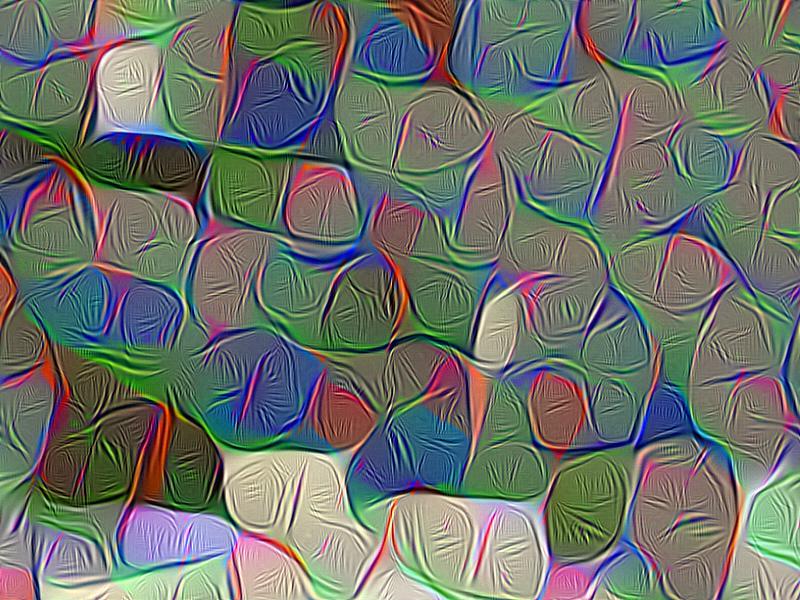
More Models!
You can play too! All the models above are from the Model Zoo.